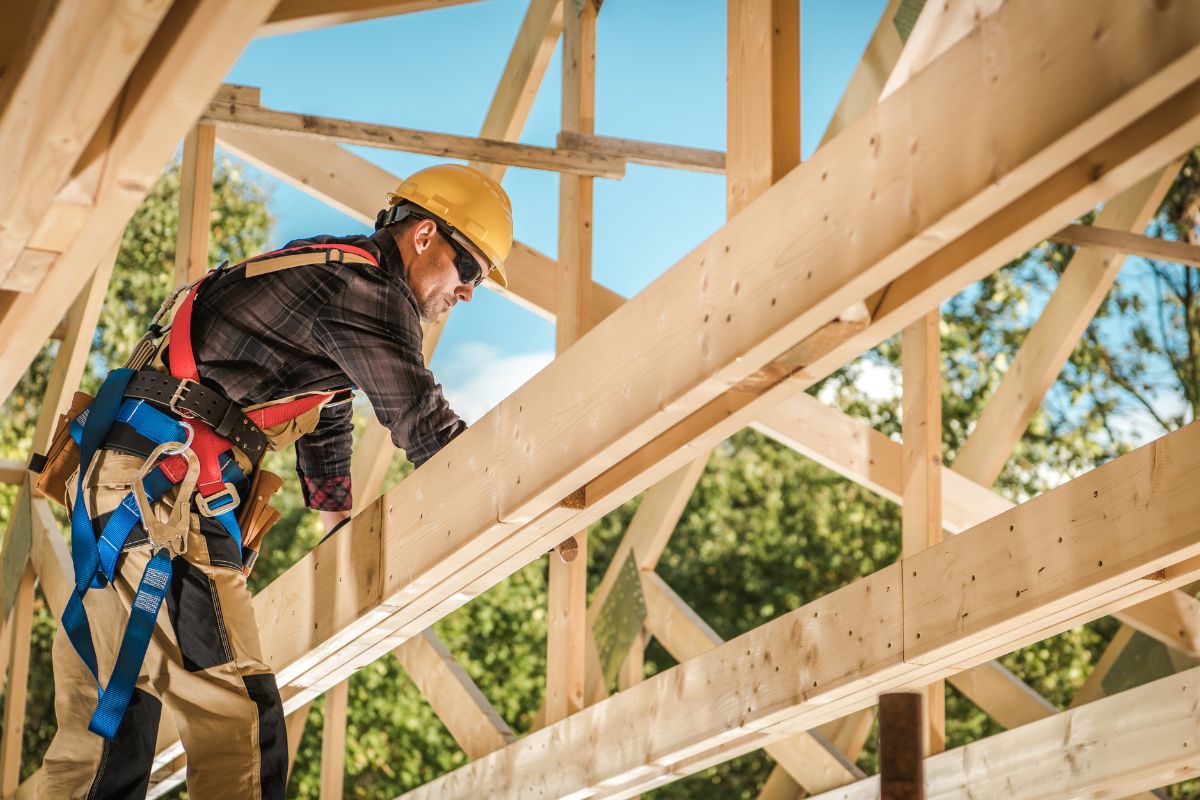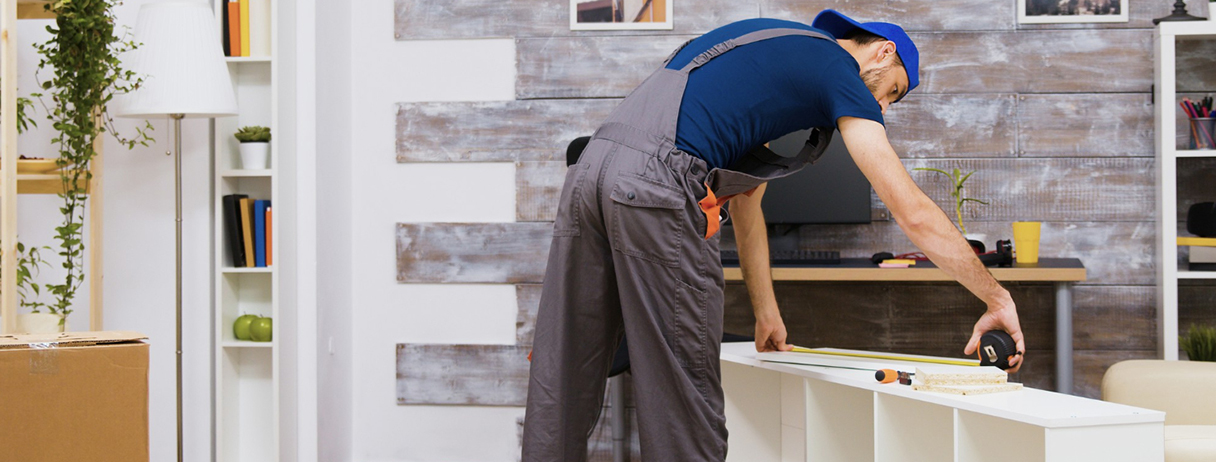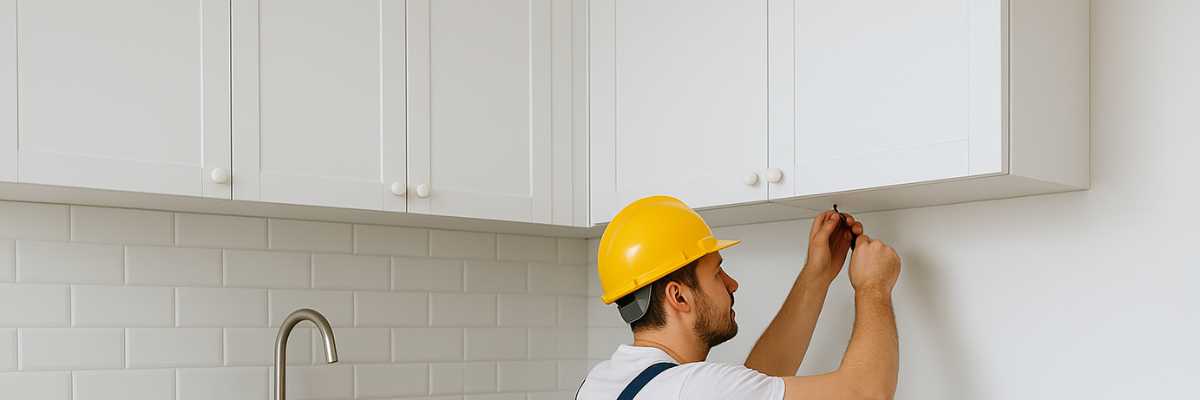Framing Carpentry Cost Breakdown in Australia
Framing carpentry is one of the principles of construction which involves the development of structures that act as a framework of a building. Regardless of whether you are building a one-room house or a hundred-room mansion, it can be quite important to know how much carpentry at the framing stage will cost.
The cost of framing carpentry depends on some factors which are the size and kind of construction, materials used and even the location of the generator relative to the construction site.
What to expect from the cost concerns of carpentry framing based on a variety of house sizes and different elements influential in pricing, which determine the cost. Understanding these cost variables will put you in a stronger position to bid and plan your construction project and make intelligent decisions about your budget.
What Is Framing Carpentry?
Framing carpentry is one of the important construction processes that involves the erection of the skeleton of a house or any other structure.
It is where the basic framework of construction is made to support the construction of the walls and roofs and floors and ceilings among other things. Here’s a closer look at what goes into framing carpentry:
1. House Framing: House framing can be defined as the procedure of developing the fundamental structural framework of a house. This involves:
- Wall Framing: Concerning the wall construction, carpenters erect the vertical parts of the wall known as the studs and the horizontal part known as the plates at the top and bottom of the walls and the header at the level of walls above the doors and windows.
- Floor Framing: This involves the putting up of the floor system which comprises joists or bearers, girders or beams and the floor sleeper. The floor of the framework provides a solid ground and support to the other parts of the structure.
- Roof Framing: Carpentry entails putting up roof structures such as trusses or rafters (angled members), ridge beams and sheathing. The roof covering refers to the external fabric of the roof while roof drainage is the ability of the roof to shed water effectively.
2. Types of Framing: There are several methods and materials used in framing carpentry, each with its advantages.
- Wood Framing: The oldest of the conventional construction methods that employ the use of wooden studs, joists, and beams. It is flexible and can be modified to meet the changes in the organization.
- Metal Framing: Metal framing is another method that uses steel studs and tracks instead of wood. It is tough to termite infestation, but it is a bit harder to carve as compared to the hardwood ones.
- Platform Framing: This is the conventional technique, whereby first the ground floor is framed and then the floor above it and so on.
- Balloon Framing: One of the older framing methods entails the studs running from the foundation to the roof to form upright columns that are unbroken.
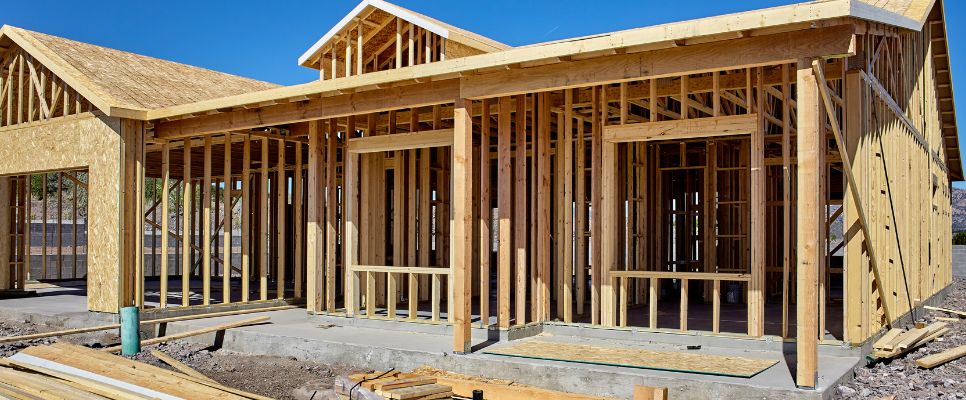
An Estimated Budget For Framing Carpentry
It is hard to accurately approximate a cost plan for framing carpentry because there are so many factors to consider, including location, cost of materials used and the design of the structure.
Here is a rough estimate of the framing carpentry costs according to the size of the house. Do not forget here that these are approximate costs and the actual cost may differ.
1. Small House (1000 sq ft – 1500 sq ft): $10,000 to $20,000
- Material Costs: Broadly also encompass frameworks made of wood and other necessary ingredients including studs, joists and beams, and screws among other related supplies.
- Labour Costs: This entails labour expenses for carpenters in framing which depend on the region’s rates.
- Additional Costs: May comprise permits, temporary supports and all other equipment required at the site.
2. Medium House (1,500 sq ft – 2,500 sq ft): $20,000-$35,000
- Material Costs: Higher than for a small house since it requires more timber and other construction materials to finish a medium house.
- Labour Costs: Larger cost in terms of manpower since the framing is so extensive and complex.
- Additional Costs: This may entail larger and or complicated permit requirements, or framing and may be more costly in terms of equipment and transportation.
3. Large House (2500 sq ft – 4000+ Sq ft): $35,000 to $60,000+
- Material Costs: A drastic increase in the use of wooden, metallic and other materials.
- Labour Costs: Higher because the construction may be of many types, complicated in nature and the large scale project, and may also need a professional workforce.
- Additional Costs: It could be accompanied by a large number of permits, increased possibility of incurring higher costs in the management of the project, and a few techniques of framing and equipment.
Material Costs for House Framing Carpentry
From a materials point of view, framing carpentry can roughly be put into two categories: timber and steel/metal. Each one of them will have an independent cost and respective labour costs. Here is a detailed breakdown:
1. Cost of Timber Framing:
- Material Costs: Depending on the species, such as pine, oak, or engineered woods, and depending on the grade, framing with wood inclusive of studs, joists, beams, and plates can range in costs from $2 to $7 per linear foot. Material costs for timber framing in a 2,000-square-foot house could fall within the range of $8,000 to $15,000. Fasteners, connectors, and hardware can also add an extra $1,000 to $2,000 beyond the materials costs.
- Carpenter Costs: The cost for framing carpenters generally ranges between $50 and $75 per hour. Framing labour on a standard house could run upwards from $5,000 to $10,000 or more, depending upon the complexity of the job and local labour conditions.
- Total Costs for Timber Framing: Depending on the use of timber framing materials and employing a carpenter, the estimated cost for a typical 2,000 square foot home can range from $23,000 to $47,000.
2. Steel / Metal Framing Costs:
- Materials Costs: Generally, the cost of metal framing materials, including steel studs, tracks, and connectors, ranges between $3 and $10 per linear foot. Material costs for a 2,000 square foot house could run in the range of $12,000 to $25,000. Metal fasteners and other hardware can also add up to another $1,500 to $3,000.
- Carpenter Costs: Metal framing is very specialized; often, carpenters will charge between $60 to $90 per hour. Hence, you can be sure that metal framing might cost a little more, around $20,000 to $35,000, because it requires more precision and additional training.
- Total Steel/Metal framing costs: For a house of 2,000 square feet, the total cost of steel framing material and the labor cost will be perhaps around $ 33,500 to $ 63,000.
Factors Affecting the Cost of Framing Carpentry
1. Project Size and Scope:
- House size: House size is a major determinant since larger homes require more materials and labor. Besides that, complicating the design further means additional framing work, hence increased costs.
- Extra Components: Additional features to be included in the scope of work are vaulted ceilings, large openings, and custom designs, which increase both material and time in framing.
2. Architectural Complexity:
- Design Features: Elaborate architectural features like intricate rooflines, curved walls, or heavy load-bearing structures, for instance, require more elaborate and extensive framing, driving the costs up accordingly.
- Structural Requirements: Special structural requirements such as reinforced frames or special designs require high-grade materials that require more labor.
3. Framing Carpenter Cost:
- Labour Rates: These rates differ by region. For example, a carpenter in Sydney might charge more than a carpenter in Brisbane due to the higher cost of living, while a carpenter in Melbourne may have variable pricing depending on demand and project type.
- Experience and Skill Level: The more experienced or specialized the framer, the higher the charges, which translate into skill and work quality.
Does DIY Framing Carpentry Save Money?
DIY framing carpentry may save money, but it has several issues of its own:
- Material Costs: To avoid spending extra dollars, it is good for one to buy material by oneself rather than involving a contractor. However, one can also save a whole lot if he or she can get them in bulk or directly from the wholesalers.
- Labour Costs: This cost factor elaborates a major portion of the total budget as there are no labour costs when one does the work personally. The above may however be associated with inexperience which may mean that the firm makes mistakes that may attract other costs.
- Skill and time: Cost of project may even go down when you have the right skill and tools that may be required for the completion of the project; otherwise, the cost of repairs or even structural problems may be realized at some other time.
- Permits and Inspections: You may be shocked to realize that despite the fact you are doing all the work by yourself you may still need to spend money on permits and inspections.
That is, while do-it-yourself framing carpentry can perhaps save money with regards to labour costs, how cheap it ends up in practice will depend on the expertise of the work being done, the precision of the work done, and even errors that could lead to extra costs or non-compliance.
Tips to Save Money on Framing Carpentry Work
- Plan and design carefully: It is important in the approach to give detailed working drawings while at the same time seeking to make the design straightforward. Complexity of design implies greater use of materials and time that are incorporated in the production process.
- Source Material Wisely: Choose to buy stock materials or overstock them from suppliers that give you a certain percentage off the grand total. We can also check online stores for products on sale or products which are usually sold when they have surplus stock.
- DIY where possible: When you are able to frame parts of your homes yourself, some processes like measurement or even construction, you should do it on your own, however, other rigorous activities should be left under the expertise of professionals.
- Hire a Reputable Contractor: The best way is to acquire multiple bids from prospective framing contractors and then make comparisons. It is always good to spend a little more with an experienced contractor because he makes less mistakes and offers quality work.
- Minimize Waste: Sketch modification, and plan out materials with minimum wastage. To ensure that one does not get carried away and order products that their business will not be able to sell, one has to order correctly.
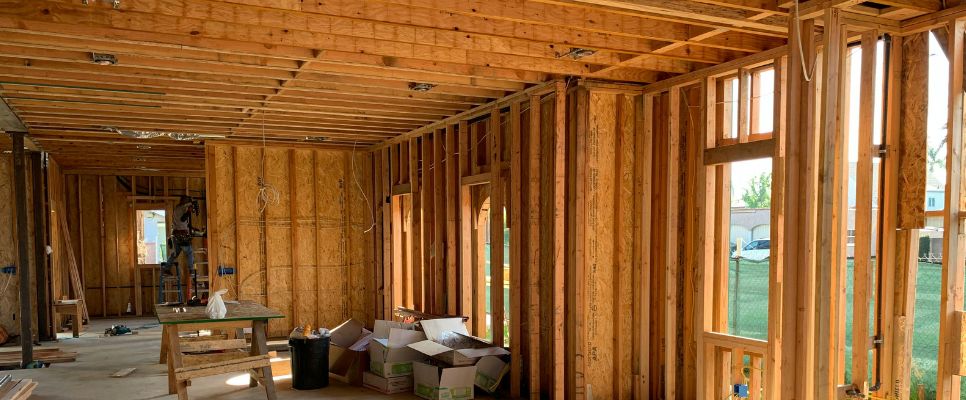
How Long Do Framing Carpentry Projects Take?
The length of a framing carpentry job depends on a few variables:
Size of the Project:
Small House: 100 square meters to 150 square meters - 1,000 to 1,500 sq. feet. This process by itself may take about 1-2 days depending on a given project.
Medium House: Between 1,500 sq. feet to 2,500 sq. feet depending on the type, and it can take from 3 to 6 days.
Big House: More than 2500 – 4000+ sq. feet will take 6- 12 days and above.
Architectural Complexity:
The shorter line, and straight out the framing, the faster the completion. Otherwise any complications in the architectural features, or some custom design, yes most definitely the timeline does extend.
Team Size and Efficiency:
It is fully understood that jobs of framing can be done much faster where there is a big crew and with more working experience than if it was by a small crew or less experienced crew.
Weather and Site Conditions:
Unlike other forms of construction, new construction work faces adversity from external forces such as extreme weather which cuts the timeline and brings about a change in the situation.
Conclusion
Since framing carpentry projects that are well planned and managed will be realized much easier and smoothly, with a more predictable timeline. Since framing carpentry is one of the most crucial aspects of the construction of a house it is significant to appreciate the fact that there is usually some cost that is likely to be incurred in the process and the duration of the project.
Research well, purchase materials effectively and use them in a way to incorporate them into your budget and discuss it with the contractor. Spare on costs by avoiding protractive construction methods such as wasteful execution and cut on fabrication parts.

